Research Program Focus Areas
Arthropod Biology, Diversity and Conservation
Biodiversity is the variety of life on Earth at all levels ranging from genes to species to ecosystems, and it is the foundation for all of the life sciences.
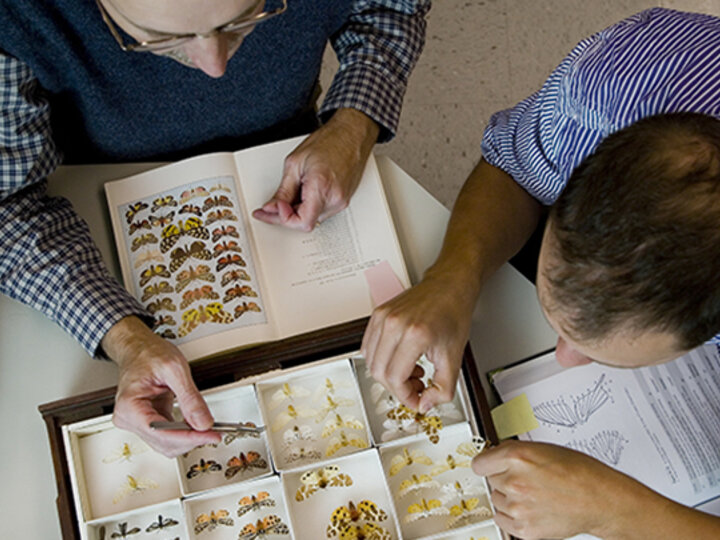
Managing Arthropods
Entomology's efforts are directed toward managing insects and related arthropods associated with agriculture, our natural resources, residential and business spaces, and to questions of public health importance.

Stress Biology
As an outgrowth of our success in providing management solutions to agricultural and ecological problems posed by arthropods, Entomology faculty have adopted Stress Biology as a signature program that provides a foundation for addressing fundamental ecological, evolutionary, and molecular questions related to stress interactions.
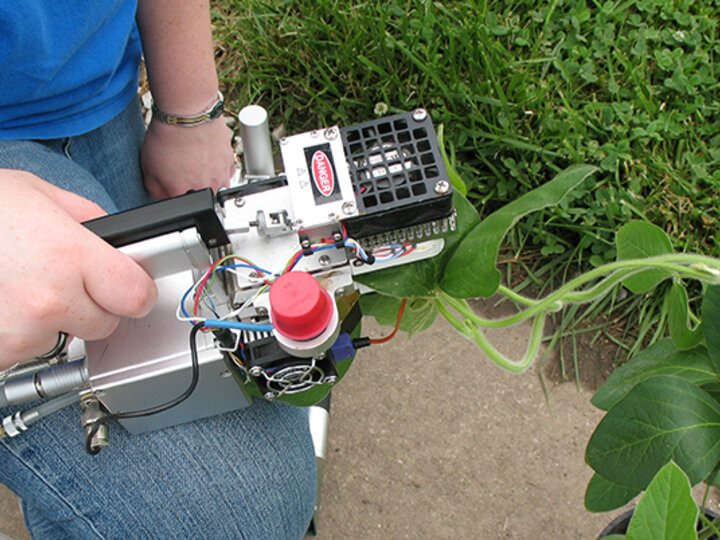
Entomology Research Labs
Agroecosystems Entomology Lab
The Agroecosystems Entomology lab pursues research questions addressing the ecology and management of agricultural pests with an emphasis on practical applications for Integrated Pest Management (IPM) in field crops. Additionally, the lab participates in a trapping network to provide timely information about crop pest populations for our stakeholders.
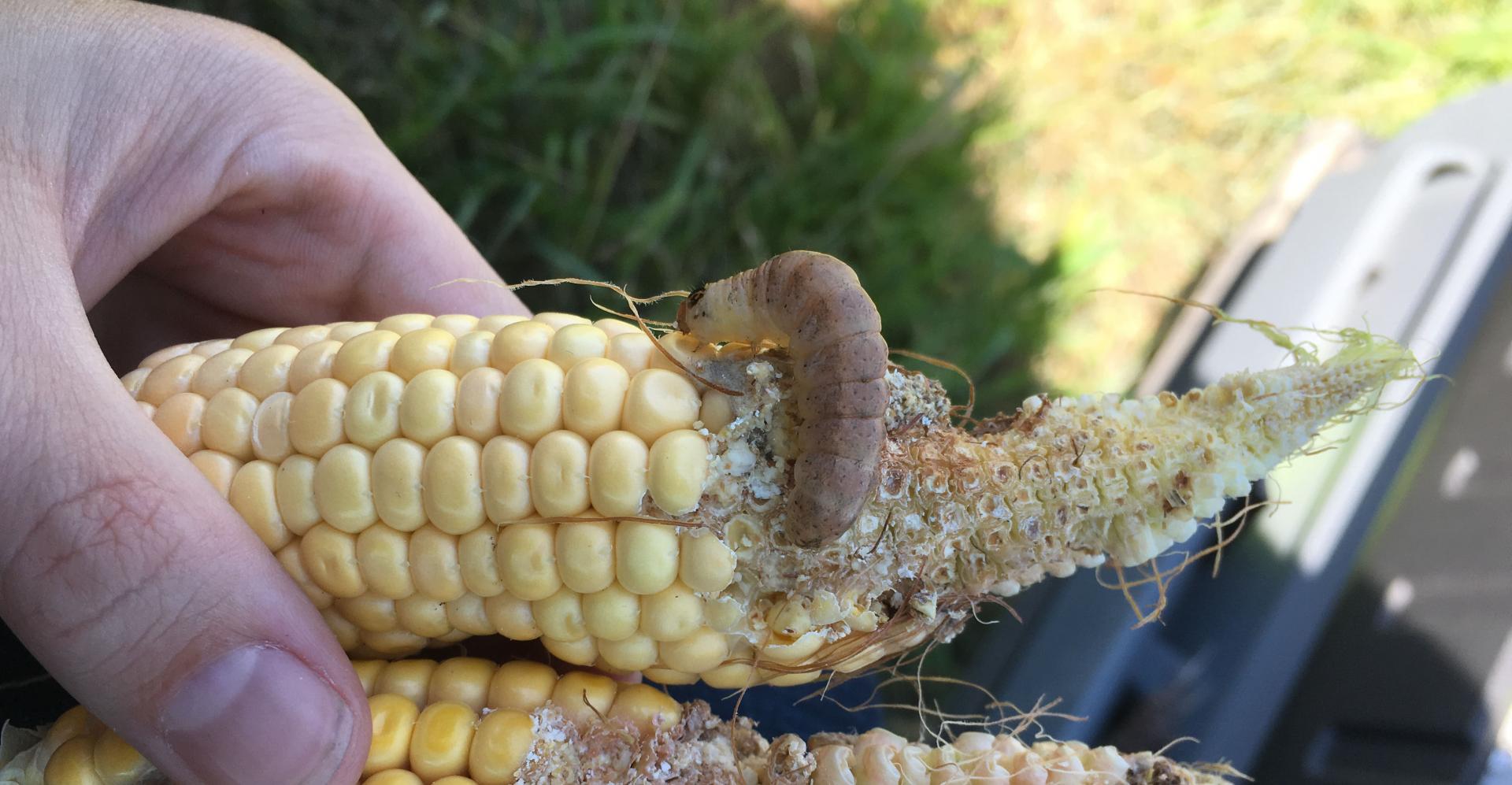
Arthropod Vectors of Plant Pathogens Lab
The Arthropod Vectors of Plant Pathogens (AVPP) Lab, led by Dr. Shaonpius Mondal, researches various plant viruses and their arthropod vectors, specifically aphids and mites in Nebraska and beyond. Currently the lab is focussing on wheat and barley crop, but soybean and corn are of future consideration. Major molecular studies are conducted in ENTO 302. The transmission works are conducted at ENTO 107. The lab is raising two genetically different types of wheat curl mites in 172 Plant Sciences Hall. Furthermore, the lab collaborates with USDA-ARS at Lincoln, NE, University of Nebraska Medical Center (UNMC) at Omaha and Nebraska Center for Virology.
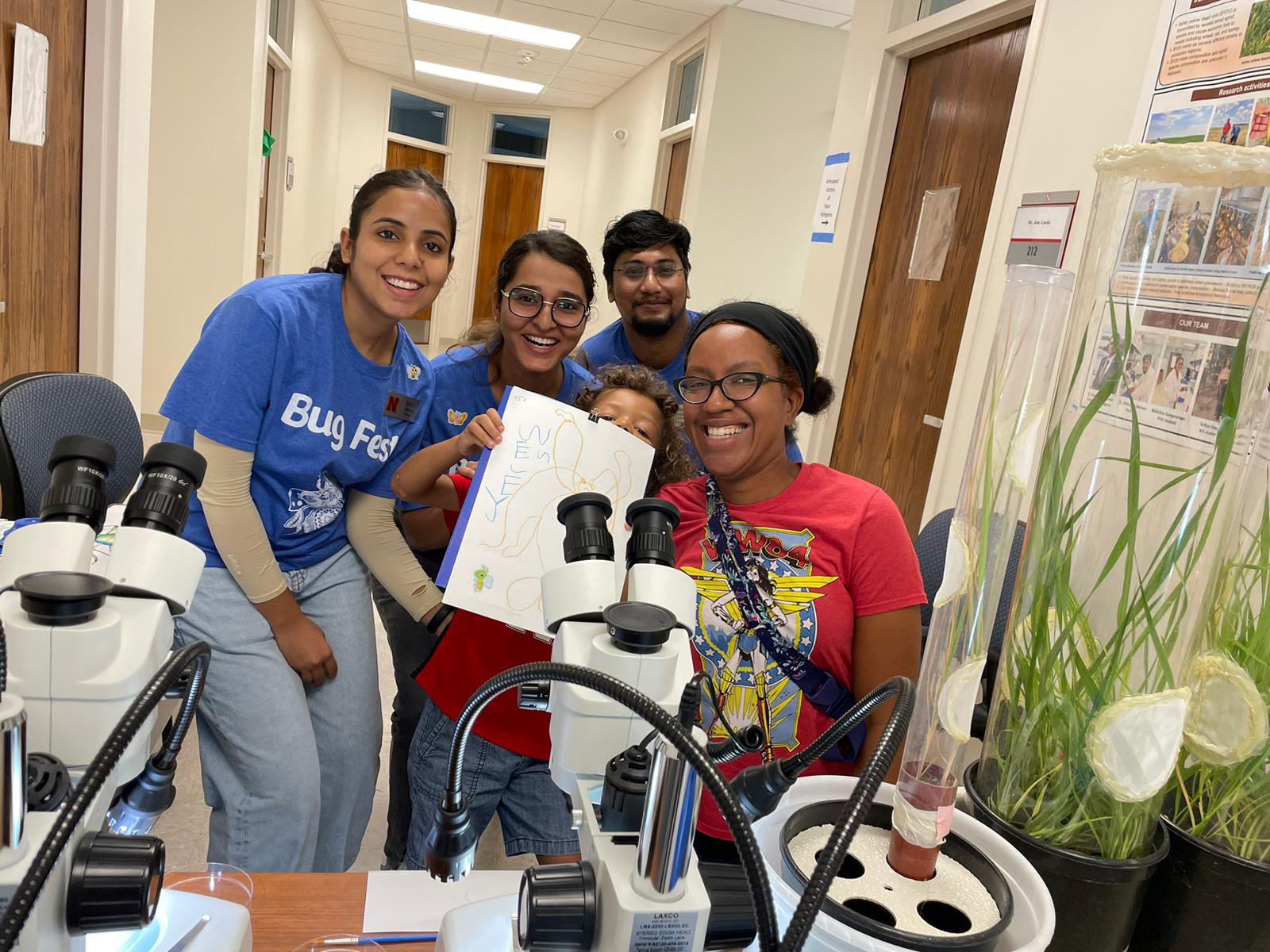
Bee Lab
The Bee Lab, led by Dr. Judy Wu-Smart, focuses on providing beekeepers, landowners, and homeowners with the scientific knowledge needed to support and sustain healthy bee populations. The lab’s research examines a wide range of stressors, from environmental challenges to biotic factors such as pests and pathogens, that impact both managed and wild bee populations. Students in the lab work to better understand these factors and develop solutions to address the issues threatening bee health.
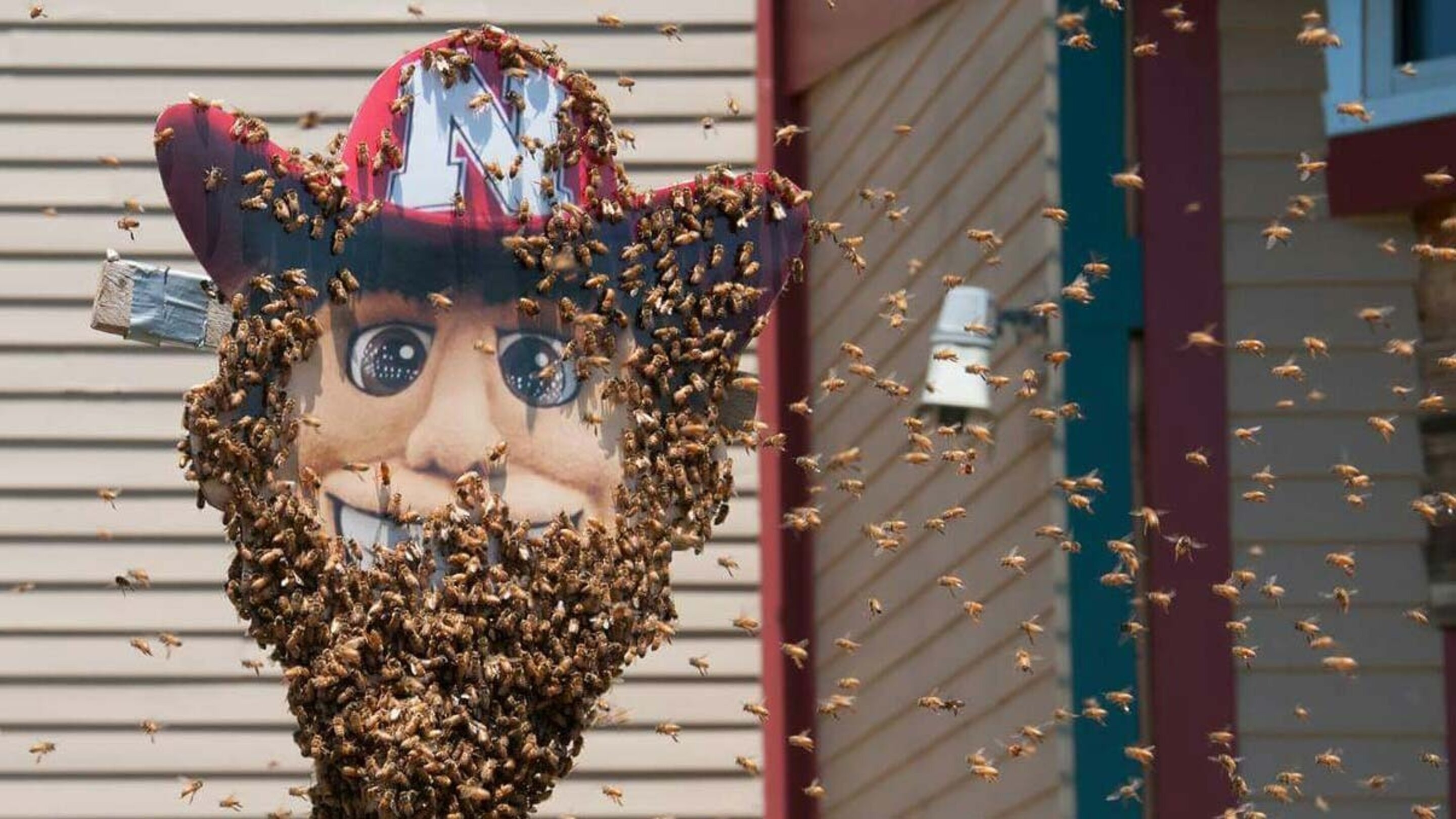
Bingham Research Lab
The Bingham Lab, led by Dr. Georgina Bingham, focuses on stored product pests, food security and food systems.
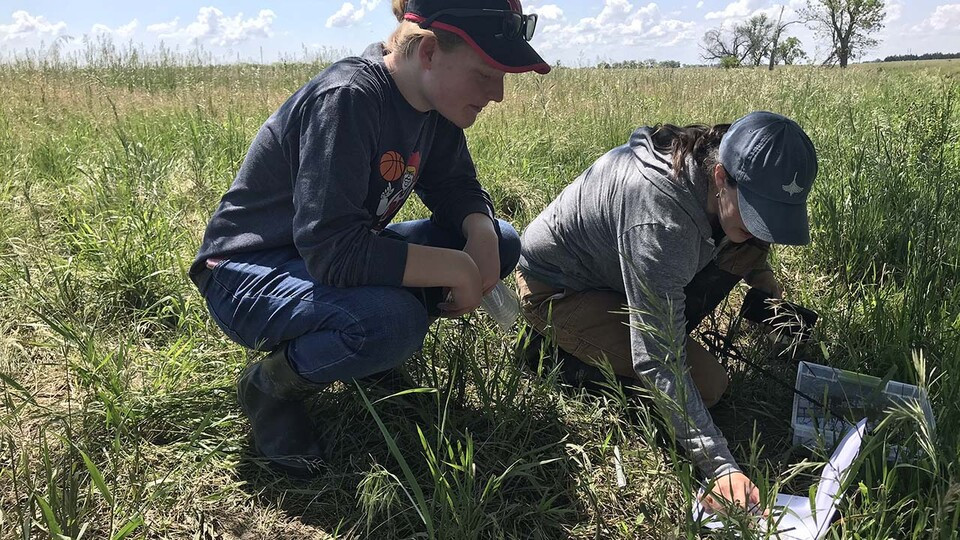
Civic Entomology Lab
The Civic Entomology Lab, led by Dr. Louise Lynch-O'Brien, builds community-focused collaborative experiences between people representing diverse backgrounds, especially those often underrepresented in the sciences, and the Department of Entomology to help achieve positive human, animal and environmental health outcomes. Research focuses on educational, behavioral and health outcomes of One Health Extension programming.
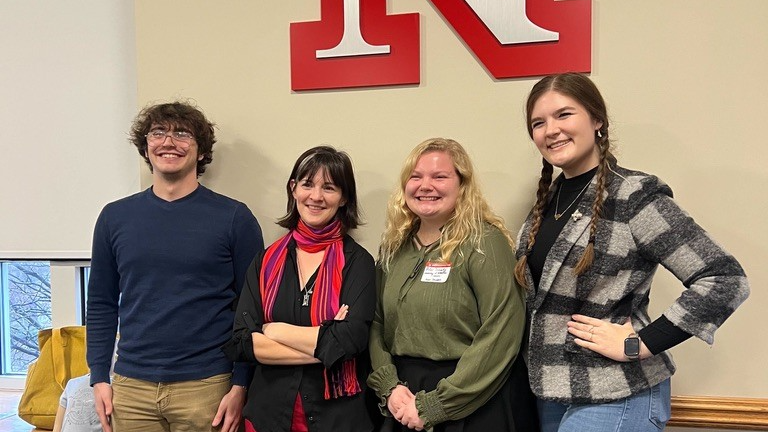
Plant-Insect Interactions Lab
The Plant-Insect Interactions Laboratory, led by Dr. Joe Louis, focuses its research on identifying the key components/genes/signaling mechanisms that are involved in modulating plant defenses upon insect herbivory and to understand the mechanisms by which insect salivary proteins/effectors alter the plant defense responses.

